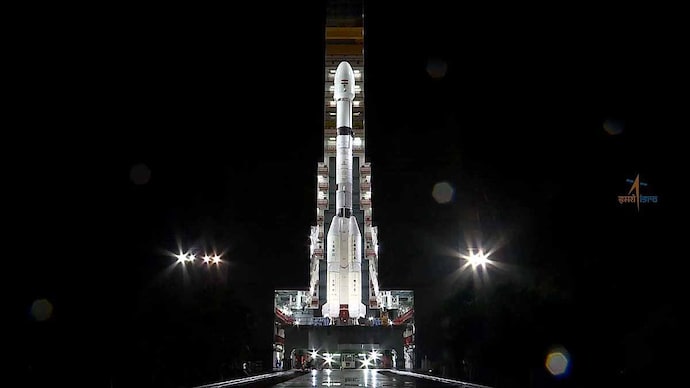
India’s Long Road to Space: The Significance of NISAR and Cryogenic Technology Independence
The launch of NISAR by NASA and ISRO marks a significant milestone in international space collaboration. Yet, it represents more than just a partnership; it embodies India's enduring journey toward self-reliance in space technology. Over the years, India has faced numerous challenges, primarily due to sanctions from Western countries, especially the United States. These restrictions hindered the transfer of cryogenic engine technology from Russia, compelling India to embark on developing its own indigenous technology.
India's determination to master cryogenic technology illustrates its strategic autonomy and resilience. The recent success of the CE-20 engine, utilized in various missions, highlights India's heavy-lift launch capabilities and serves as a testament to its technological self-sufficiency. Notably, this journey showcases how India has steadily become a formidable player in space technology, overcoming substantial external pressures.
Currently, the geopolitical landscape poses additional challenges, such as the 25% tariff imposed by U.S. President Donald Trump on Indian goods. Such developments remind us of the ongoing obstacles that India confronts in its international relations. Despite these setbacks, India's commitment to its space ambitions and technological independence remains unshakeable. The nation firmly asserts that it will not "knee down" in the face of external confrontations.
In essence, the NISAR mission not only symbolizes international collaboration but also highlights the relentless pursuit of technological empowerment by India. The journey of developing indigenous cryogenic engines reflects a broader narrative of resilience and determination. As India continues to advance in space technology, its long race toward strategic autonomy is not merely a battle against sanctions but a testament to its unwavering spirit and innovation in the face of adversity. For more insights on India's space journey, visit ISRO’s official site.
